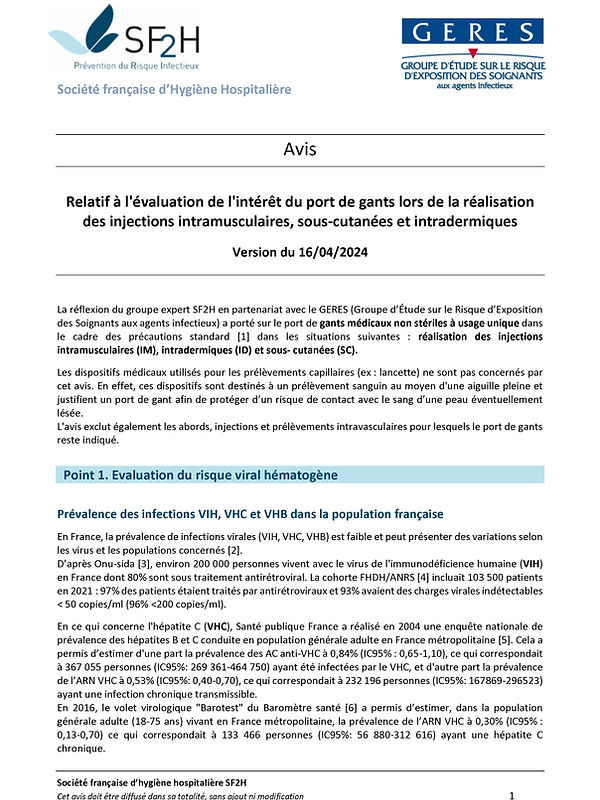
REVUE DE PRESSE
RECOMMENDATIONS
Administration des antibiotiques par voie intraveineuse en perfusion prolongée et continue
Intravenous administration of antibiotics by prolonged and continuous infusion

Relatif à l'évaluation de l'intérêt du port de gants lors de la réalisation
des injections intramusculaires, sous-cutanées et intradermiques

Revue
de
presse
Novembre
2023
Revue
de
presse
Septembre
2023

LES ARCHIVES
-
Chest-to-arm tunneling: A novel technique for medium/long term venous access devices
-
Defining difficult intravenous access (DIVA): A systematic review
-
Identifying the impact of the Zone Insertion MethodTM (ZIMTM): A randomized controlled trial
-
Memo pratique pour une administration efficace des nébulisations
-
Preparing drugs for infusion via syringe pump a key step to ensure homogeneous concentration.
-
Right internal jugular vein access for central venous catheterization in a prone COVID-19 patient.
-
Risk factors of infection of totally implantable venous access port : A retrospective study
-
Secondary malposition of a PICC-port due to heavy physical exercise: A case report
-
Short midline catheters : High success rates for antibiotic therapy in children with cystic fibrosis
-
Should we consider preoperative PICC insertion for adult patients undergoing major surgery ?
-
Subaortic left brachiocephalic vein and real-time ultrasound-guided puncture
-
Umbilical Venous Catheter Update: A Narrative Review Including Ultrasound and Training

_Page_01.jpg)



